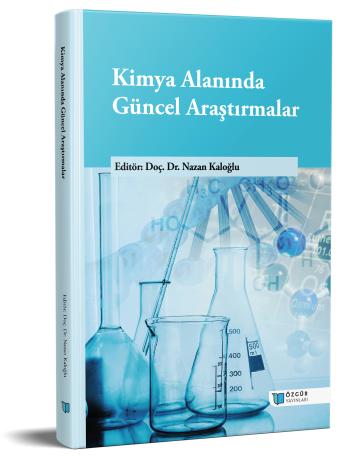
Metal Complexes and Applications of Substituted Theophyllins
Chapter from the book:
Kaloğlu,
N.
(ed.)
2025.
Current Research in Chemistry.
Synopsis
Theophylline, also known as 1,3-dimethylxanthine, is a natural alkaloid with the molecular formula C7H8N4O2. This molecule is a member of the xanthine family and is closely related to caffeine and theobromine. These three compounds are known as methylxanthines. Xanthines are formed by adding two carbonyl groups to the pyrimidine ring of purine to form a pyrimidine dione ring. This is why caffeine, theophylline and theobromine are biologically important. Because it is structurally related to nucleic acids. Xanthines containing mostly aromatic and heteroaromatic groups as substituents have various biological activities such as anti-Alzheimer, anti-Parkinson, anticancer, antiasthmatic, antidiabetic, antidepressant and anxiolytic, diuretic. In addition, the metal-bound compounds of these compounds at N(7)/N(9) and C(8) positions show both biological and catalyst properties.

